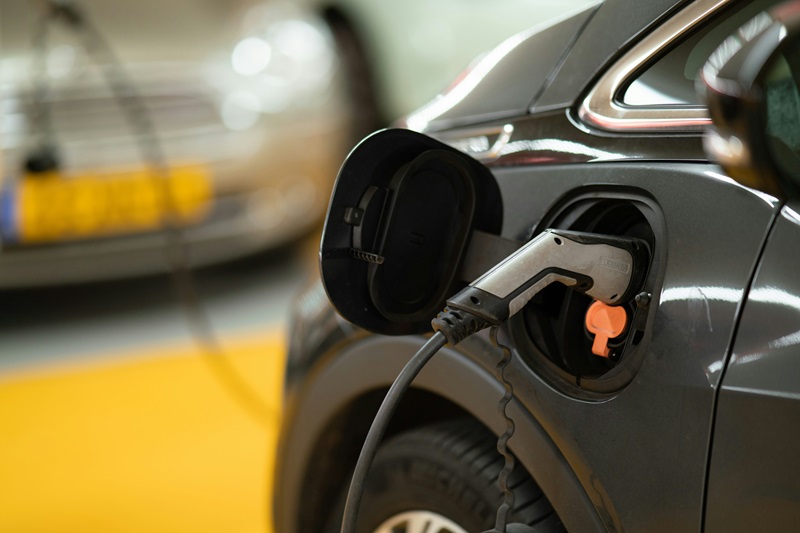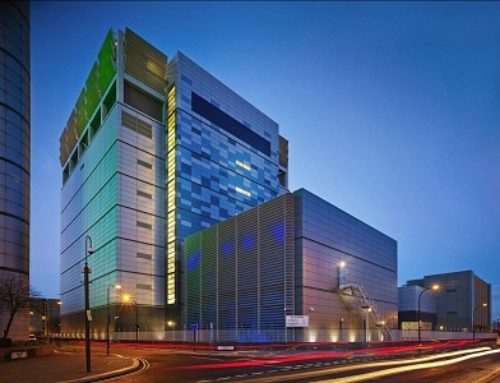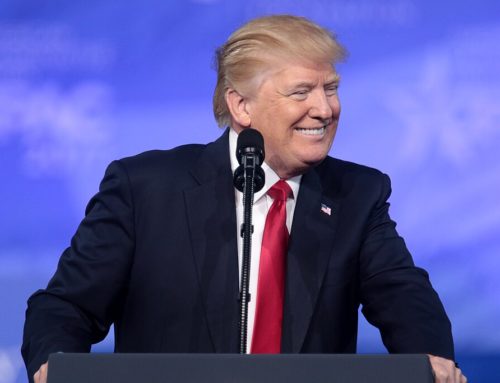1. Carmakers ditch $13bn of battery investment
In a significant shift, Western automakers have suspended or cancelled battery joint venture projects worth at least $13 billion. This move comes as the industry grapples with weaker electric vehicle (EV) sales, increased competition from Chinese manufacturers, and the high costs associated with building gigafactories.
The Changing Landscape of EV Investments
The slowdown in EV demand has prompted automakers to reassess their ambitious plans. Companies like Stellantis and Mercedes-Benz, through their joint venture Automotive Cells Company, have halted projects in Italy and Germany, each valued at €2 billion. Similarly, Ford has scrapped two joint ventures in Turkey with Korean battery makers SK On and LG Energy Solution, which had a combined capital expenditure of approximately $6 billion.
Factors Behind the Pullback
Several factors contribute to this pullback. Firstly, the initial wave of interest in premium and luxury EVs has not translated into mass-market adoption. Higher price tags for battery electric vehicles (BEVs) compared to internal combustion engine (ICE) cars, coupled with higher interest rates, have made financing new purchases more expensive. Additionally, concerns about EV charging infrastructure and driving range persist among consumers.
Strategic Shifts
In response, many automakers are shifting their focus back to more profitable legacy petrol-powered cars and hybrid models. Brands like Aston Martin, Audi, and General Motors have delayed their switch to all-electric vehicles and are instead investing in plug-in hybrids. This strategy allows them to generate more revenue from maintenance and cater to a broader market segment.
The Road Ahead
The pullback in investments highlights the challenges Western automakers face in developing competitive battery supply chains. Magnus Bekker, a battery supply chain consultant, notes a “huge disconnect” between the ambitions and capabilities of planned Western projects to deliver cost-competitive batteries. As the industry navigates these complexities, the future of EV investments will likely depend on balancing innovation with market realities.
2. Schneider £42m Yorkshire Investment

In a significant move to bolster the UK’s clean energy transition, Schneider Electric has announced a £42 million investment in a new manufacturing facility in Scarborough, North Yorkshire. This new site, set to open in early 2025, will be nearly three times larger than the company’s existing facility in the region and is expected to create 200 new jobs.
Meeting Growing Demand
The new facility will focus on producing large low-voltage switchgear, essential for controlling and protecting power systems in electricity networks and data centres. This expansion is driven by the increasing demand for electrical equipment to support the UK’s growing infrastructure for electrification and digitisation. Kelly Becker, President of Schneider Electric UK & Ireland, highlighted the immense opportunities in the UK market, particularly with the rise of data centres and electric vehicle (EV) charging infrastructure.
Commitment to Sustainability
Schneider Electric’s new Scarborough facility is designed to be a net-zero plant, maximising the use of renewable energy. This aligns with the company’s broader mission to deliver sustainable and energy-efficient solutions. The investment in Scarborough adds to Schneider Electric’s recent £7.2 million upgrade of its Leeds facility, further demonstrating its commitment to the UK’s green economy.
Global Expansion
This investment is part of Schneider Electric’s global expansion strategy. In 2024 alone, the company has announced significant investments in the US, Philippines, and India. Schneider Electric aims to spend around €2 billion on capital expenditure between 2024 and 2027, focusing on increasing capacity, achieving net-zero targets, and enhancing resilience.
Conclusion
Schneider Electric’s investment in the UK is a testament to the country’s potential in the electrification and digitisation sectors. By expanding its operations and creating new jobs, Schneider Electric is not only contributing to the UK’s clean energy goals but also setting a benchmark for sustainable industrial practices.
3. Modi sets $500bn electronics target

In a bold move to position India as a global leader in electronics manufacturing, Prime Minister Narendra Modi has set an ambitious target to grow the country’s electronics sector to $500 billion by the end of the decade. This announcement was made during the inauguration of Semicon India 2024 in Greater Noida, where Modi emphasised India’s strengths in semiconductor technology and its potential to become a tech superpower.
Current Market and Future Goals
Currently, India’s electronics market is valued at approximately $155 billion. The government’s new target represents a more than threefold increase, reflecting its commitment to significant growth and investment in this sector. Modi highlighted that the government has already approved over $15 billion in semiconductor investments, including major projects by Tata Group and US-based Micron Technology Inc..
Strategic Investments and Partnerships
To achieve this ambitious goal, India is actively courting semiconductor makers and fostering international partnerships. Notable collaborations include Israel’s Tower Semiconductor Ltd. exploring a $10-billion partnership with billionaire Gautam Adani to establish a fabrication plant in western India. Additionally, NXP Semiconductors NV has announced plans to invest over $1 billion in India to expand its research and development efforts.
Government Initiatives and Support
The Indian government is not only providing financial incentives but also ensuring ease of doing business for companies investing in the semiconductor sector. Modi’s administration is focused on creating a robust semiconductor ecosystem that can address both domestic and global challenges. This includes training over 85,000 technicians, engineers, and research scientists over the next decade to support the semiconductor industry.
Global Impact and Vision
Modi’s vision extends beyond just manufacturing semiconductor chips. He aims for India to produce finished electronic products, making the country a comprehensive electronics manufacturing hub. “In the 21st-century Bharat, the chips are never down! Today’s Bharat assures the world – When the chips are down, you can bet on India!” Modi stated at the event.
Conclusion
With these strategic initiatives and investments, India is poised to become a major player in the global electronics market. The $500 billion target is not just a number but a testament to India’s potential and determination to lead in the technology sector. As Modi aptly put it, “This is the right time to be in India.”
4. Korea, Philippines discuss trade & EVs

In a significant move towards bolstering economic and industrial cooperation, South Korea and the Philippines recently engaged in discussions aimed at enhancing their bilateral ties. The talks, held during the third economic and trade cooperation committee meeting, focused on key areas such as trade, supply chains, and the burgeoning electric vehicle (EV) sector.
Key Highlights of the Discussions
- Trade and Supply Chains: Both nations emphasised the importance of strengthening supply chains for critical raw materials. This initiative is expected to ensure a more resilient and reliable flow of essential goods between the two countries.
- Electric Vehicles: The discussions also highlighted the potential for collaboration in the electric vehicle industry. The Philippines is keen on developing its EV sector, including electric buses and other eco-friendly vehicles, with support from South Korean technology and expertise.
- Free Trade Agreement: A significant portion of the talks was dedicated to the swift implementation of the Korea-Philippines Free Trade Agreement, signed last year. This agreement is anticipated to further boost trade and economic cooperation between the two nations.
- Energy Security and Net-Zero Goals: The Philippines expressed its hope for stronger ties with South Korea in achieving energy security and net-zero goals. This collaboration is expected to play a crucial role in both countries’ efforts to combat climate change and promote sustainable development.
Economic Impact
The bilateral trade between South Korea and the Philippines reached $13.7 billion last year, with approximately 300 South Korean companies operating in the Philippines. This robust economic relationship is poised to grow even stronger with the new initiatives discussed during the meeting.
Conclusion
The recent discussions between South Korea and the Philippines mark a significant step towards deeper economic integration and cooperation. By focusing on critical areas such as supply chains, electric vehicles, and energy security, both nations are set to benefit from enhanced trade relations and technological collaboration.
5. Renewable Hydrogen
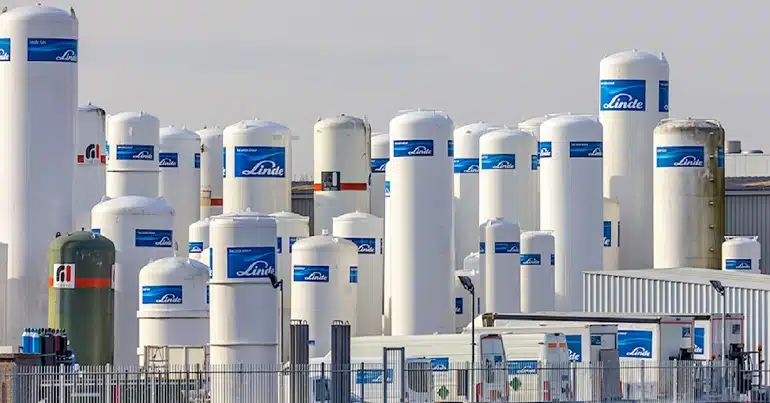
Raimond Spekking
The global energy landscape is on the brink of a transformative shift, driven by the burgeoning renewable hydrogen sector. As nations strive to meet ambitious climate targets and reduce their carbon footprints, renewable hydrogen is emerging as a pivotal player in the quest for sustainable energy solutions.
What is Renewable Hydrogen?
Renewable hydrogen, often referred to as green hydrogen, is produced by using renewable energy sources such as wind, solar, or hydropower to split water molecules into hydrogen and oxygen through a process called electrolysis. Unlike grey hydrogen, which is derived from natural gas and emits significant amounts of CO2, green hydrogen is a clean and sustainable alternative.
Market Potential and Economic Impact
According to a recent report by the International Renewable Energy Agency (IRENA), the green hydrogen market holds immense economic potential, particularly in regions with high renewable energy resources, water availability, and low finance costs. The report highlights that the production of renewable-based hydrogen and its derivatives could become a $1.4 trillion industry by 2050. This growth is driven by the increasing competitiveness of green hydrogen, which is expected to become cost-competitive with traditional hydrogen production methods within the next decade. The transition to green hydrogen could support around 2 million jobs globally per year between 2030 and 2050.
Decarbonising Hard-to-Abate Sectors
One of the most compelling aspects of renewable hydrogen is its potential to decarbonise sectors that are notoriously difficult to green, such as steelmaking, chemicals, aviation, and shipping. These industries account for a significant portion of global CO2 emissions, and the adoption of green hydrogen could lead to substantial reductions in their carbon footprints.
Geopolitical and Economic Implications
The rise of renewable hydrogen is not just an environmental imperative but also a geopolitical game-changer. Countries with abundant renewable energy resources, such as Australia, Chile, and Morocco, are well-positioned to become major exporters of green hydrogen. This shift could alter global energy trade dynamics, reducing dependence on fossil fuel-rich nations and fostering new economic partnerships. The IRENA report emphasises the importance of developing sustainable international hydrogen value chains to match supply and demand areas, potentially leading to the creation of new global value chains.
Challenges and Opportunities
While the potential of renewable hydrogen is immense, several challenges must be addressed to realise its full potential. These include the need for substantial investments in infrastructure, technological advancements to improve efficiency, and supportive policy frameworks. However, the opportunities far outweigh the challenges, with the potential to create a more sustainable and resilient global energy system.
Conclusion
The renewable hydrogen sector is set to play a crucial role in reshaping global energy trade. By providing a clean, sustainable alternative to fossil fuels, green hydrogen offers a pathway to a net-zero future. As nations and industries embrace this transformative technology, the world moves closer to achieving its climate goals and securing a sustainable energy future for generations to come.
6. Iowa Governor Leads India Trade Mission
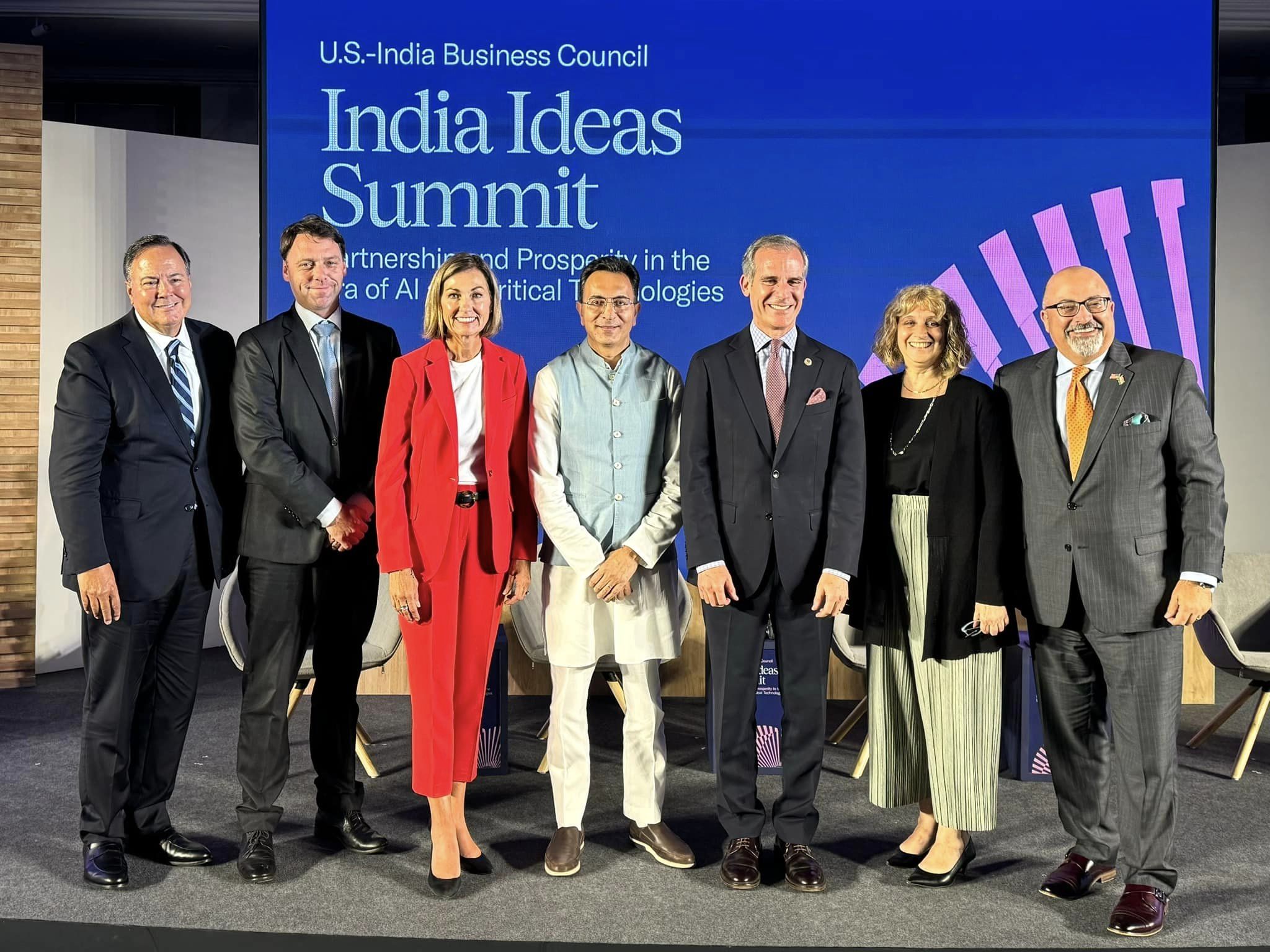
In a significant move to bolster Iowa’s economic ties with one of the world’s fastest-growing economies, Governor Kim Reynolds has embarked on a 10-day trade mission to India. The mission, which commenced on September 10, 2024, aims to strengthen trade and investment relationships between Iowa and India.
Key Objectives and Delegation
Governor Reynolds is accompanied by a delegation that includes Iowa Economic Development Authority Director Debi Durham, Iowa Secretary of Agriculture Mike Naig, and several agricultural and business leaders from Iowa. The primary objectives of the mission are to promote Iowa as an investment destination for Indian companies and to enhance trade partnerships, particularly in sectors such as advanced manufacturing, biotech, finance, insurance, and agricultural exports.
Strategic Engagements and Events
The mission includes stops in New Delhi and Mumbai, where Governor Reynolds and her delegation will engage with key Indian government officials and American business leaders. A highlight of the trip is Governor Reynolds’ keynote address at the U.S.-India Business Council’s 49th India Ideas Summit in New Delhi. This event, which will be broadcast live on CNBC India, provides a platform to showcase Iowa’s economic potential to a broad audience.
In addition to the summit, the delegation will host two Iowa-India Trade and Investment events, one in each city. These events will feature industry roundtables and meetings with business leaders, U.S. Embassy and Consulate officials, and Indian government representatives. The goal is to foster dialogue and explore opportunities for collaboration and investment.
Focus on Agriculture and Clean Water Initiatives
Agriculture is a significant focus of the mission, with discussions centered on expanding exports of Iowa’s agricultural products, including ethanol and livestock feed. Secretary of Agriculture Mike Naig highlighted India’s growing demand for these products, noting that recent policy changes have opened new markets for Iowa pork.
Governor Reynolds will also visit the Seghal Foundation, a non-governmental organisation dedicated to improving the quality of life in rural India through clean water initiatives, education for girls and women, and community development projects. This visit underscores Iowa’s commitment to supporting sustainable development and fostering goodwill through international cooperation.
Conclusion
Governor Reynolds’ trade mission to India represents a strategic effort to enhance Iowa’s global economic footprint. By fostering stronger trade and investment ties with India, the mission aims to create new opportunities for Iowa businesses and contribute to the state’s economic growth.
Featured image Michael Fousert via Unsplash

